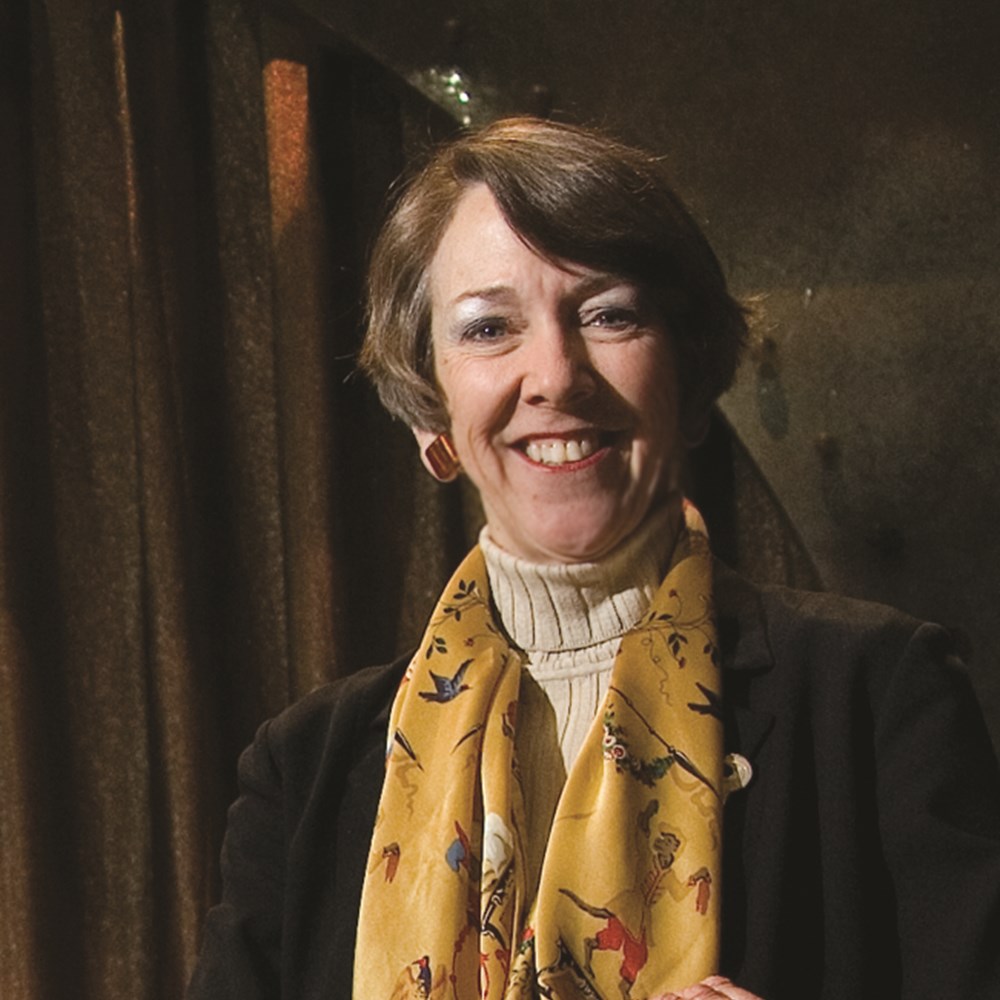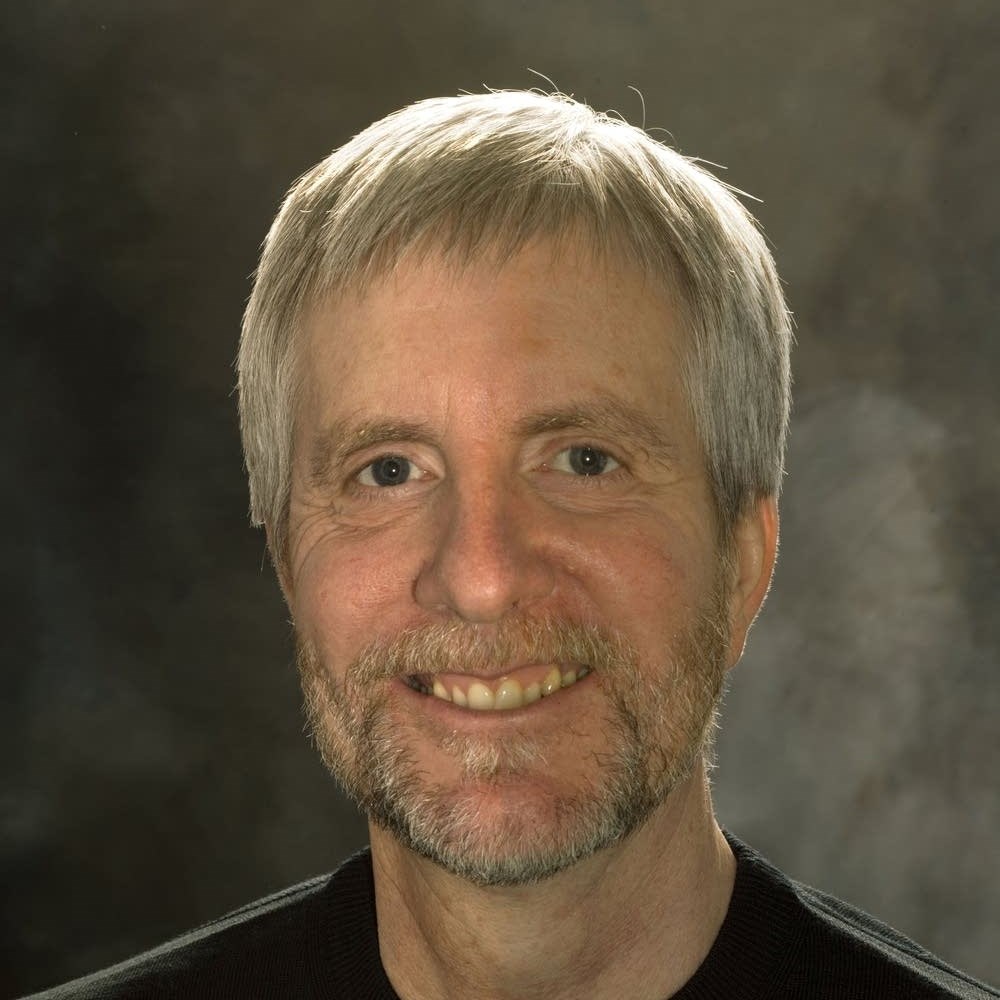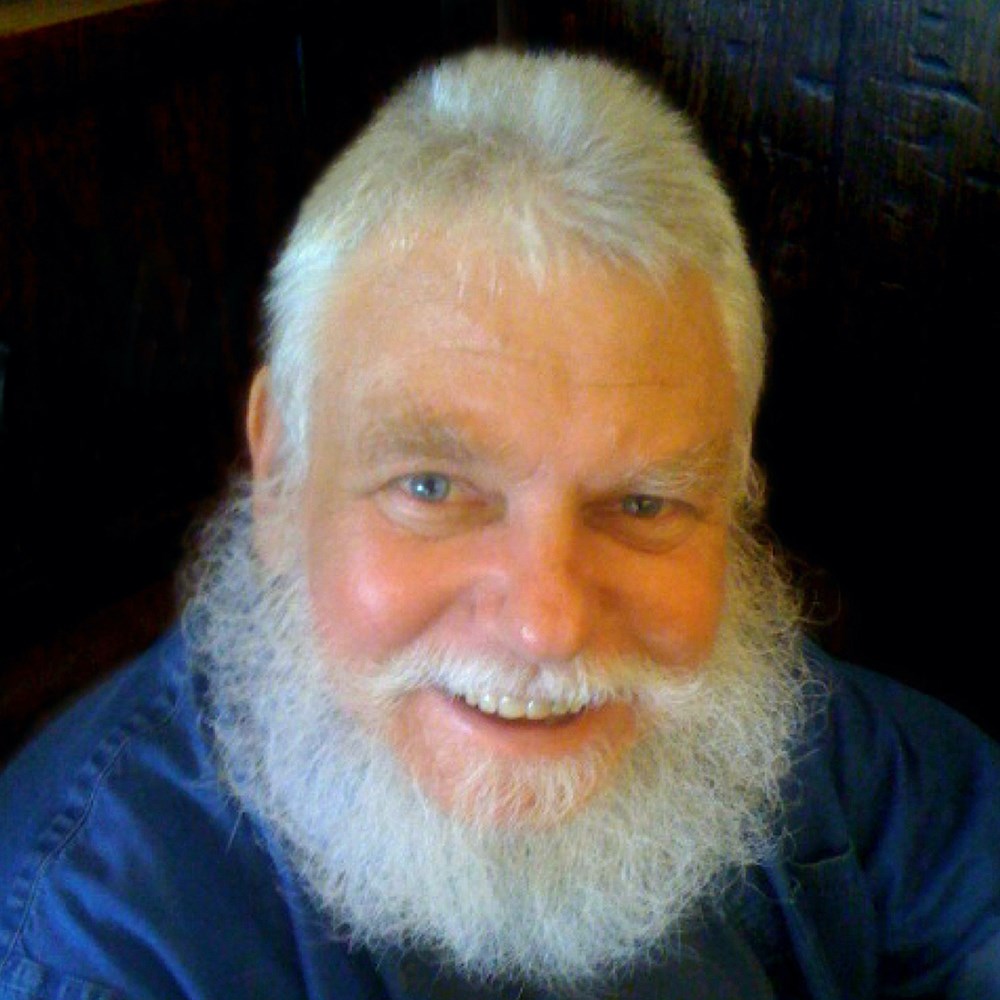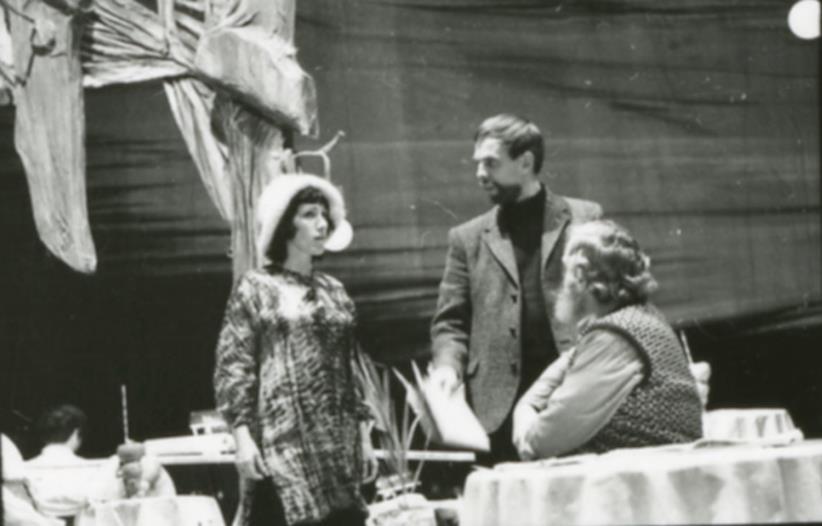The Oral History Project: Twin Cities Edition
For its 50th anniversary, OPERA America launched an ambitious oral history project — setting out to record the recollections of key figures who have shaped American opera over the past 50 years. In anticipation of Opera Conference 2022, which will take place in Minneapolis this May, we present excerpts of oral histories from three key players in the Twin Cities’ performing arts scene. More oral histories will be available later this year on the OPERA America website.
The Oral History Project is supported by the Arthur F. and Alice E. Adams Charitable Foundation.
Patricia Mitchell
From 2007 to 2015, Mitchell was president of the Ordway Center for the Performing Arts, home to Minnesota Opera. She previously served as chief operating officer of the Los Angeles Philharmonic (2000–2004), executive director of LA Opera (1988–1999), and administrator and later executive director of San Francisco Opera (1979–1987).

Joining the brand-new LA Opera
“I got to LA Opera in its third season as a producing company. [General Director] Peter Hemmings had repeatedly asked me to come there. I waited until LA Opera was really, really in financial trouble, and then I said, ‘Sure, why not?’ We owed so much money when I got there — I had to use my own typewriter. ... Hemmings was fascinating. He was in the chain of people who knew as much about singers as anyone, and he had a wonderful flair for the theatrical, dramatic part of opera. So those early productions: Who does The Fiery Angel, right? Who convinces David Hockney to design Tristan und Isolde? He took brave chances, which did not always pay off.”
Being an arts leader in Minneapolis
“It’s much more possible to really be in the community and various communities [in Minneapolis] than it is in a huge sprawling megalopolis like LA, which is fascinating in its own way. St. Paul is a place where you’re as likely as not to run into the mayor at the hardware store, and you never pass up an opportunity to discuss things with the mayor. Being able to have that level of engagement and involvement was satisfying for me on a level that wasn’t possible in a larger city.”
Role models & being a woman in the arts
“I’ve been lucky — I’ve had a lot of really strong mentors. Kurt Adler [general director of San Francisco Opera] was one, certainly. ... I did not know her very well, but I really, really admired Ardis Krainik [general director of Lyric Opera of Chicago] as a woman in the business. And so I would often find myself thinking, ‘I wonder what Ardis would do.’ “I think the barriers [as a woman] were mainly unintentional, and they didn’t notably stop me. That doesn’t mean they don’t exist, but you figure out how to either go over them or around them. One reason I think that my language is quite colorful is because that’s not ‘ladylike’ [laughs]. Sometimes that’s helpful.”
Advice she’d give to young people pursuing arts leadership
“It’s very important to figure out the core of the enterprise that you’re looking at and whether it matches up with your own core — whether you can be singularly devoted to it, because that is what it takes. I urge people to be clear about their own motives and about whatever the gig is, and to not necessarily take the one that pays the most money or is more famous. You have to really dig into the opportunity and see if it matches your requirements. It’s important not to be swayed by what others think of a particular opportunity.”
Kevin Smith
Smith served as president and CEO of Minnesota Opera from 1986 to 2011 and held the same role at the Minnesota Orchestra from 2014 to 2018. In 2007, he helped form the Arts Partnership, which includes the Ordway Center and its resident companies. He was OPERA America’s board chair from 1997 to 2000.

Forming the Arts Partnership
“We had tried for 15 years at the Ordway to create various types of partnerships, and nothing ever fell into place. At one point, one of the board members of the Ordway, Carl Drake, said, ‘You will never have a viable collaboration unless we have mutual business interests.’ At the Ordway, you have a performing arts center and its resident organizations — the St. Paul Chamber Orchestra, Schubert Club, and Minnesota Opera — and that leads to all sorts of conflicts having to do with logistics and marketing and fundraising overlaps. We found a way that we could find mutual understanding and create strategies around not just efficiencies of working together, but actually growing our organizations on a collective basis.”
Consulting with opera companies as OA’s board chair
“Something that came out of OPERA America’s strategic plan [in 1998] was to have field consultants out there working with opera companies that were in difficult situations. When I went into these situations, if I had to say there was one specific weakness of an organization in trouble, it was the board. ... These are volunteer boards, and the dynamics of those, the culture, the history of them is such that it’s really difficult to make them change and maneuver. ... Board members are doing this because they love it, and they really care. I have a profound respect for that, even when boards are at their most dysfunctional. ... I think in at least a couple cases, we got some opera companies out of very hot water, and they are still up and running.”
Ben Krywosz
Krywosz is the artistic director and co-founder of St. Paul’s Nautilus Music- Theater, formed in 1986 to present new American opera and music theater. He oversaw OPERA America’s first grant program for new works, Opera for the 80s and Beyond, which awarded $2.3 million to opera companies from 1983 to 1990.

Introduction to contemporary opera
“In ’73, I got tickets to San Francisco Opera’s spring season, which was called Spring Opera Theater. It was opera in English, very theatrically oriented, at a smaller Broadway house, the Curran Theatre. ... There was a fourth piece in the season that I could not find anything about — Postcard from Morocco. I thought, well, I guess I’ll just go see what it is. And I was transfixed. It was the Minnesota Opera on tour, with Wesley Balk directing and Philip Brunelle conducting. And I was so intrigued that I actually went back a second time to see it, and I thought, this is something worth pursuing.”

OPERA America’s Opera for the 80s and Beyond program
“The premise of the program was that new opera was endangered, new opera was not being written. ... Once I started researching, I realized, no, actually opera was alive and well. It was being created all over the place; it just wasn’t being done by the membership of OPERA America. ... The issues were: ‘Well, we don’t have enough money,’ ‘It’s too big of a risk, and we would endanger our company,’ ‘Our audiences are too conservative.’ One of the things Opera for the 80s and Beyond was able to do was provide financial support and therefore increase people’s comfort level with taking risk.”
Wesley Balk, co-artistic director of Minnesota Opera, 1965–1982
“He was a character, as so many people in our field are. He’s oftentimes known as the guy who taught opera singers how to act. And of course, it’s way more complicated than that, and he stands on the shoulders of giants, as we all do. But he really began to explore the whole idea of what we mean when we say we want performers to be dramatically credible or to act naturally. ... He had a very analytical mind and was able to break things down in a way that allowed you to see the individual parts of the singing-acting process.”
New work today “There’s a much wider acceptance of the notion of new work. There’s a recognition that if we don’t get on board with new work, our opportunities for growth are going to be limited. And that seems to be a given. Oftentimes, I’ll say the question that used to be asked at [OPERA America’s] annual conferences was, ‘Why should we do a new work?’ And now the question is, ‘What new work are we doing?’ And so that’s really wonderful to see.”
This article was published in the Spring 2022 issue of Opera America Magazine.




